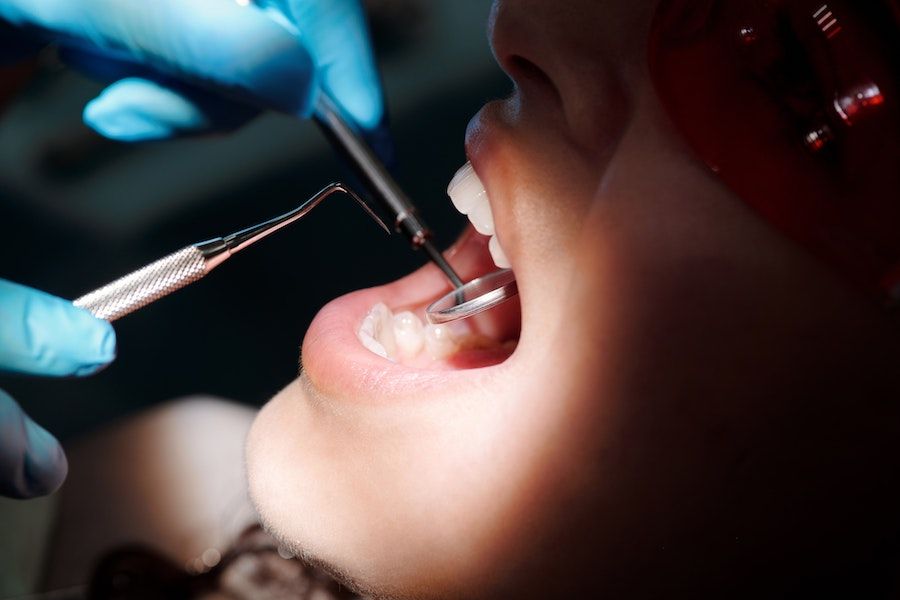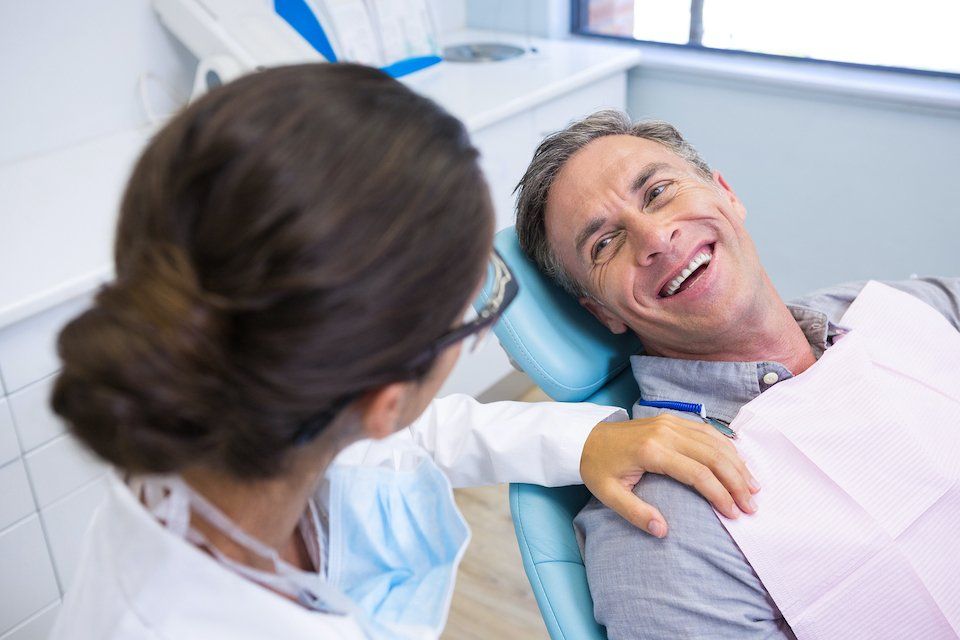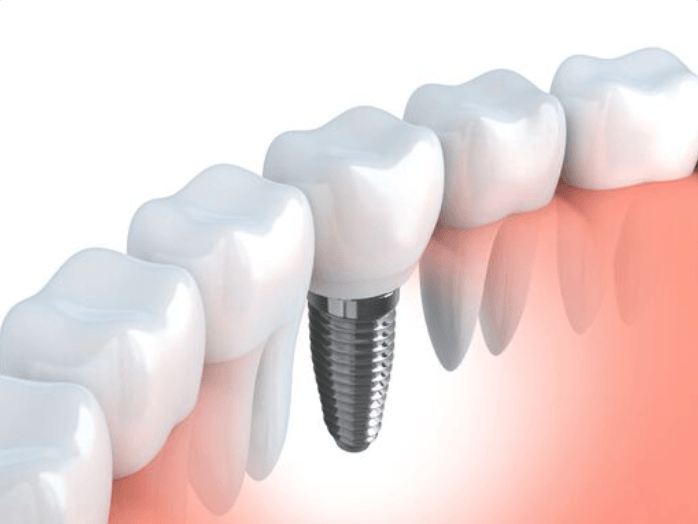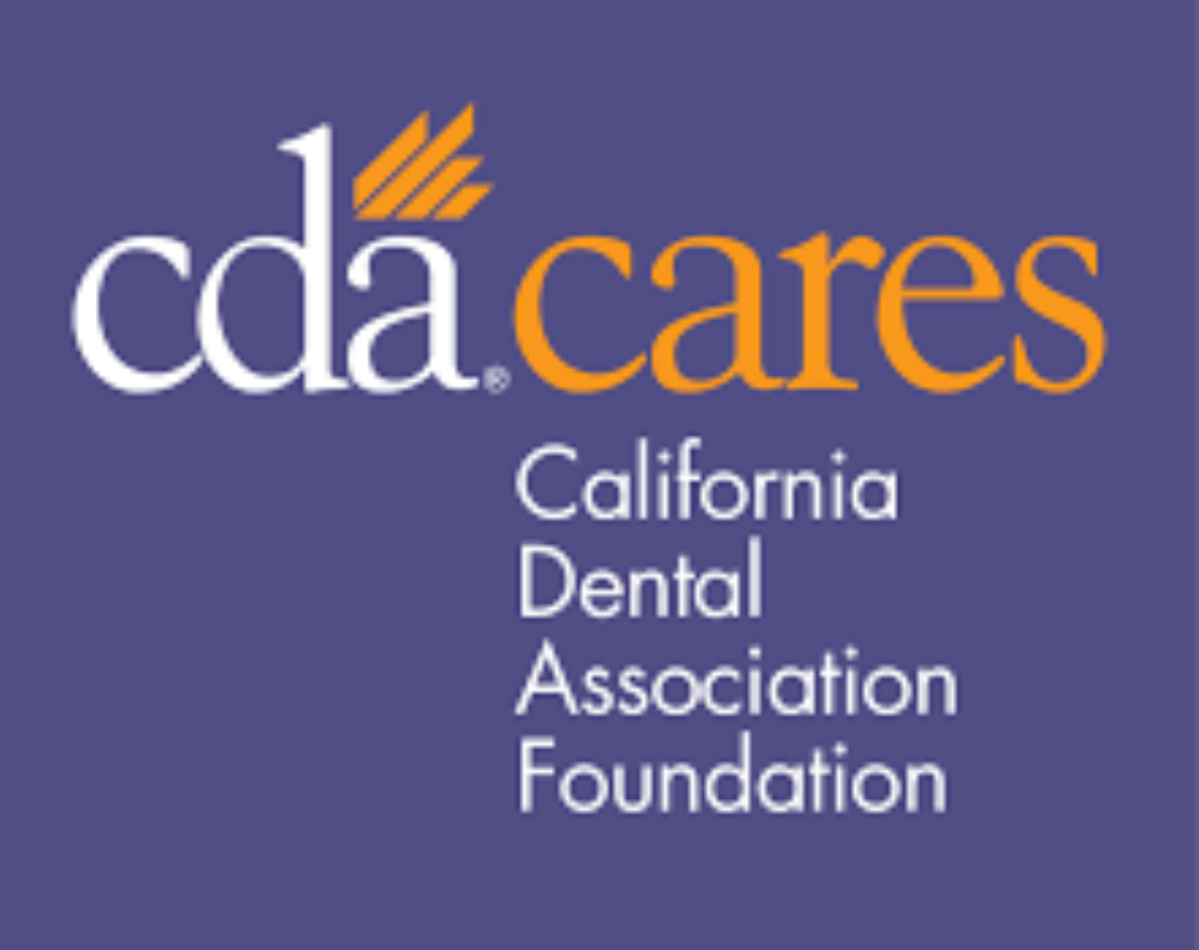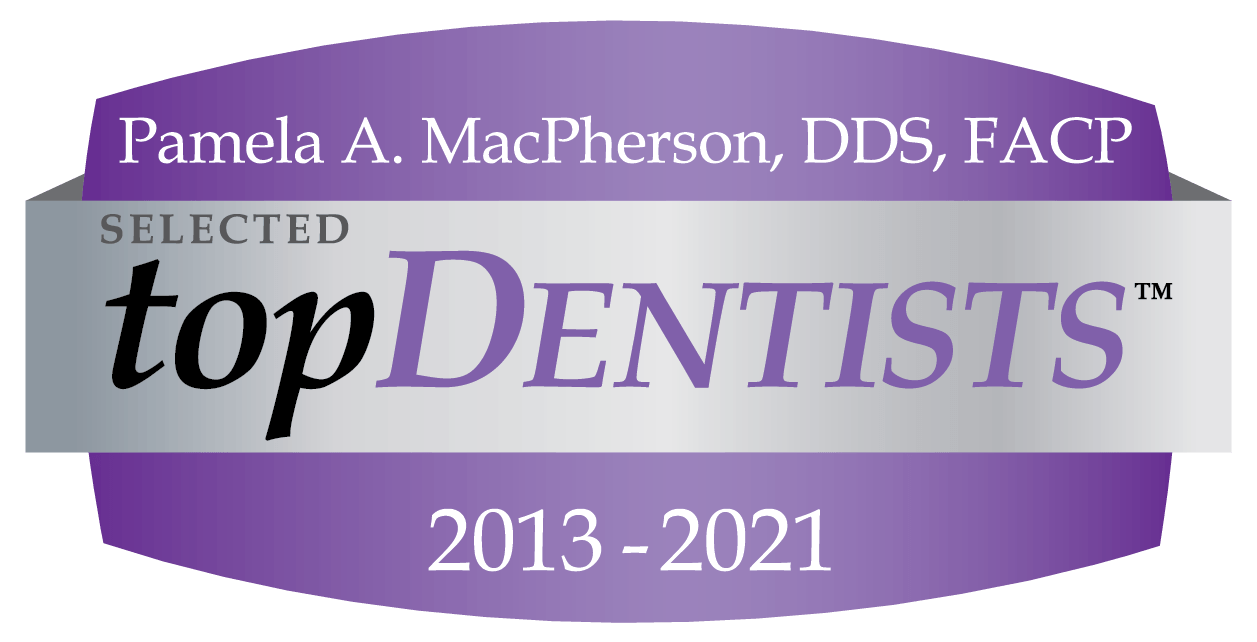It is widely known and accepted that professional teeth cleaning is one of the most important things you can do for dental health.
Below, we talk about dental cleaning at Center for Dental Restorations. We also list the six different types of dental cleaning we offer.
Why You Need To Get Professional Dental Cleaning Regularly
Plaque on the teeth is the first step towards periodontal disease. If plaque is allowed to build up it will harden and turn into tartar. Tartar can only be removed with a professional cleaning at the dentist’s office. Both plaque and tartar make the gums vulnerable to infection.
If an infection enters the gums causing redness, swelling and bleeding, it is referred to as gingivitis which is the first stage of periodontitis.
Periodontitis or periodontal disease involves inflammation and destruction of the tissue supporting and surrounding the teeth, including the gums and supporting bone, with the loss of soft and bony support, deep periodontal pockets may form that foster bacterial growth.
To prevent periodontal disease, regular professional teeth cleaning is recommended. Below are the different types of dental cleaning we offer.
Types of Teeth Cleaning
1. Debridement
If you have not visited the dentist in a while, you may have a greater buildup of plaque and tartar than other patients. Sometimes the deposits of plaque and tartar can interfere with the ability for the dentist to fully assess dental health.
In this case, you may require a full mouth debridement. This procedure will feel similar to a regular cleaning, with the hygienist using a scaler and ultrasonic device to remove the extensive plaque and tartar.
We then give the patient 2 weeks to heal and follow up with a comprehensive periodontal evaluation. The periodontal pockets are measured and x-rays are examined to determine if you need further periodontal therapy.
If your periodontal exam determines that you have healthy surrounding periodontal tissue, the hygienist will finish your treatment with a prophylaxis dental cleaning and polish.
2. Prophylaxis/Maintenance Dental Cleaning
Even someone with good oral hygiene will be unable to completely prevent the formation of all tartar on the teeth.
Tartar or calculus forms when the minerals in the saliva harden, or calcify, the plaque on the teeth. Plaque is soft and sticky, and continually attaches to the teeth.
Flossing and brushing will help keep the calculus formation to a minimum, but regular maintenance is needed to professionally remove what has accumulated. During your maintenance cleaning, the hygienist will evaluate and record your periodontal pocket depths and check for hidden periodontal problems.
3. Periodontal Therapy- Scaling and Root Planing
Our Board Certified Prosthodontists and the dental hygienists can discover deep pockets between the gums and teeth during a periodontal examination.
These deeper pockets are a sign of periodontal disease, the hygienist may need to perform scaling and root planing to remove plaque and tartar from under the gum line and on the roots of the teeth.
Scaling and root planing work together as a non-surgical periodontal treatment for gum disease. The treatment allows for the healthy regeneration of gum tissue through careful cleaning and smoothing of the tooth roots, laser assisted periodontal therapy and possible local application of antibiotics in the gum pocket.
These procedures take a little longer, and may require a separate appointment.
4. Periodontal Maintenance
Periodontal maintenance therapy is an ongoing program designed to prevent the progression of periodontal disease in the gum tissue and bone that supports the teeth.
Periodontal maintenance is usually necessary for patients who have been diagnosed with and treated for periodontal disease.
Maintenance visits with the dental hygienist can help prevent additional dental problems in the future, such as further bone and tooth loss.
Treating the disease in its early stages can help save you from oral and overall health problems.
Our hygienists suggest laser bacterial reduction in conjunction with the periodontal maintenance to kill harmful bacteria that is embedded in the periodontal soft tissue surrounding the teeth.
5. Implant Maintenance
Dental Hygienists play an integral role in the early detection of dental implant disease and providing individualized patient care in the maintenance protocol.
Research suggests that ongoing dental hygiene care, both professional and patient-driven, is essential in efforts to prevent implant failure and irreversible destruction.
In maintenance therapy, the goal is to prevent peri-implant mucositis, the early stage of peri-implant disease.
Preventive maintenance appointments can vary from 2 month to 6 month intervals, depending on the patient and cleansability of the implant restoration.
Recare intervals of up to 4 months are suggested, especially for patients with a history of periodontal disease, to ensure bacterial load reduction with professional treatment and reinforcement of at-home techniques.
Professional dental hygiene care includes the removal of plaque and tartar at each maintenance visit, while avoiding implant abutment damage as much as possible.
Floss or gauze dipped in chlorhexidine 0.12% and irrigated around each implant can be used to carefully reduce the bacterial load.
Our hygienists suggest laser bacterial reduction in conjunction with the implant maintenance to kill harmful bacteria that is embedded in the periodontal soft tissue surrounding the implant abutment.
6. Laser Bacterial Reduction
Diode lasers are low-level lasers that are attracted to dark pigmentation.
Sweeping the laser below the gum line surrounding the circumference of each tooth can reduce subgingival bacteria by the billions. It is painless and only takes five minutes to complete.
This procedure is called laser bacterial reduction (LBR), and most patients are thrilled to know we can decontaminate microbes below their gums.
Benefits of LBR include:
- Prevent bacteremia
- Reduce microbes in aerosols (as a result of decontaminated pockets)
- Kills periodontal pathogens
- Healthier gingiva
- Reduced inflammation
- May reduce biostimulation of the bone and tissue (osteoblasts and fibroblasts)
- Painless, quick, and easy
Why Go To Our Clinic For Professional Dental Cleaning?
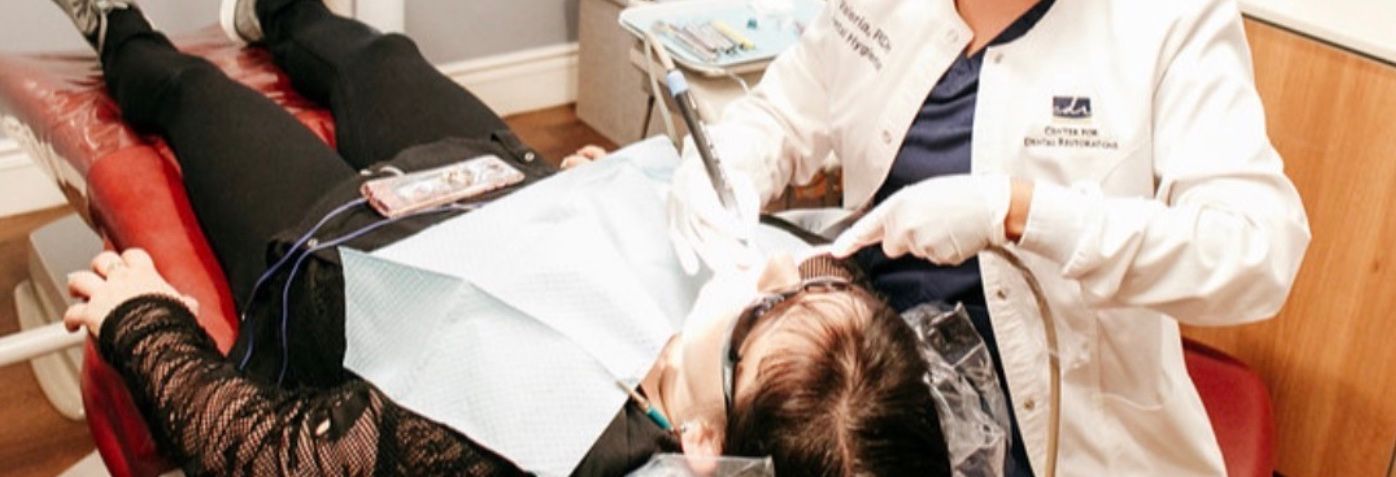
Our dental offices in San Diego offers the best dental cleaning treatments. We pride ourselves with our outstanding customer feedback.
Dr. MacPherson and Dr. Neal know that periodontal problems can be linked to other health complications, they meticulously evaluate their patients and develop an individualized dental treatment plan. Both doctors and the team will assess your overall health as well as the health of your teeth and gums by:
- Looking at your complete medical and dental history
- Thorough oral examination, including x-rays of teeth and surrounding bone
- Measurements of the spaces between the teeth and gums (periodontal pocket depth measuring)
Call our offices about our teeth cleaning services. We are happy to answer any questions and set up an appointment.

